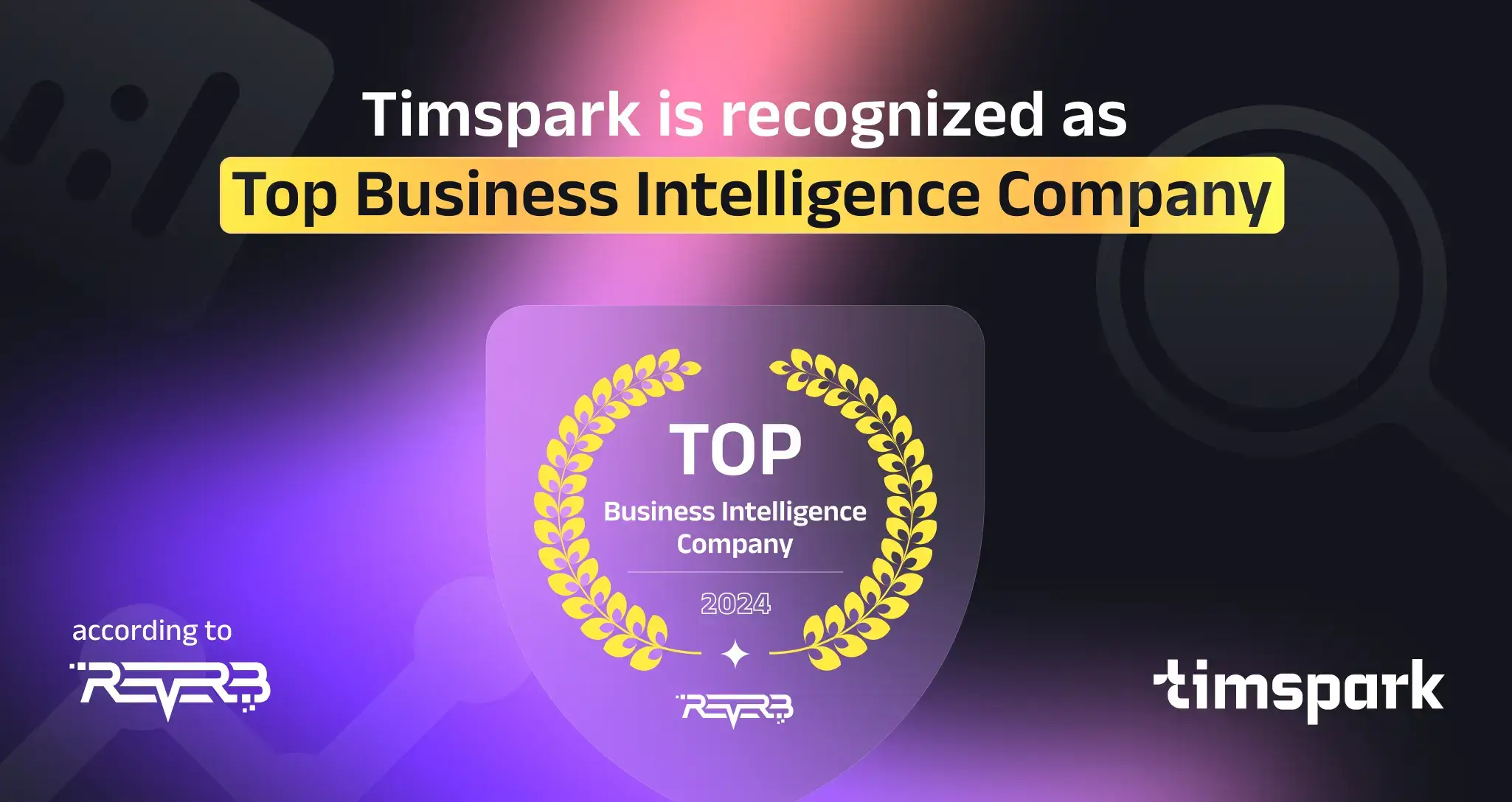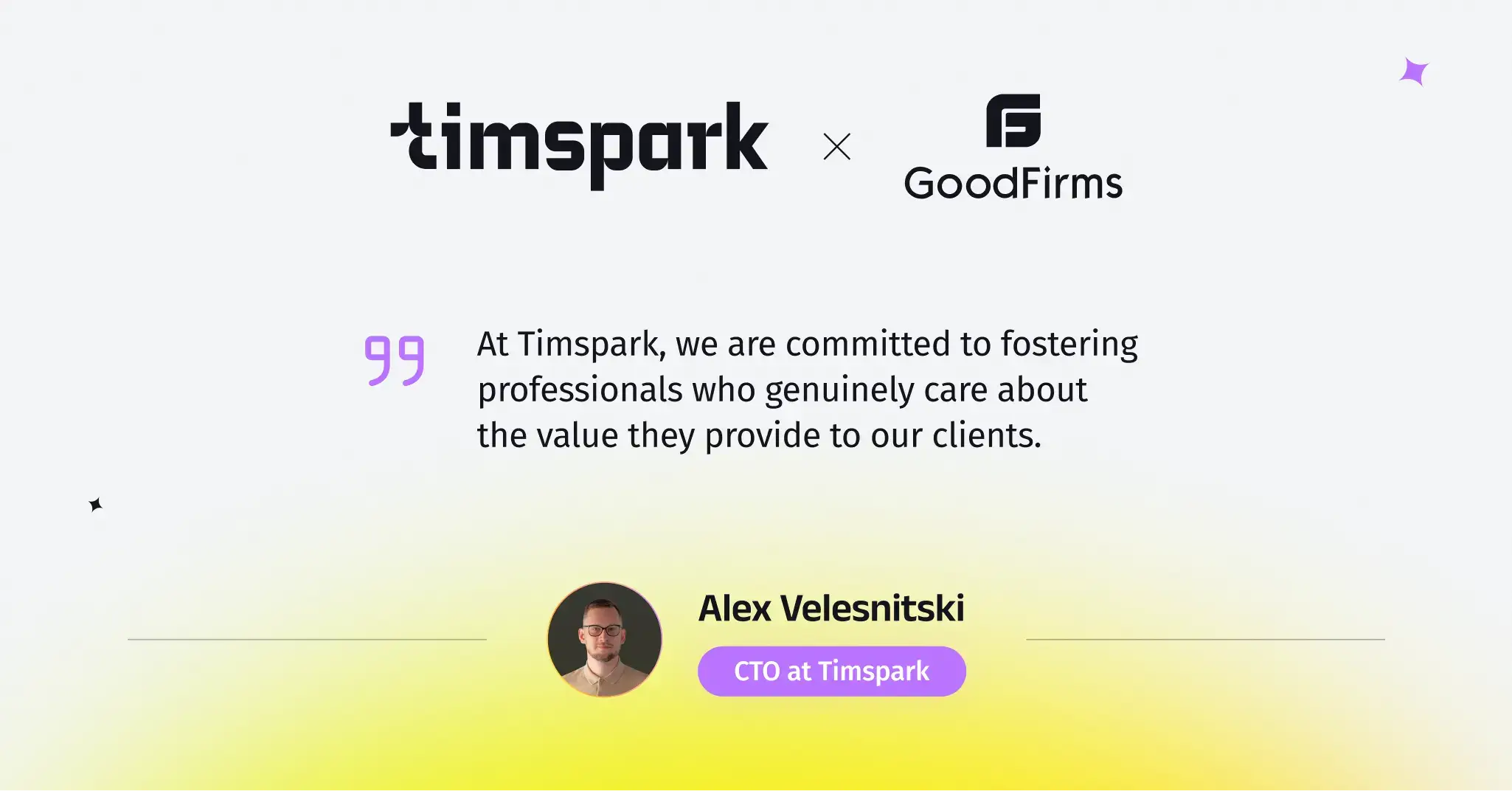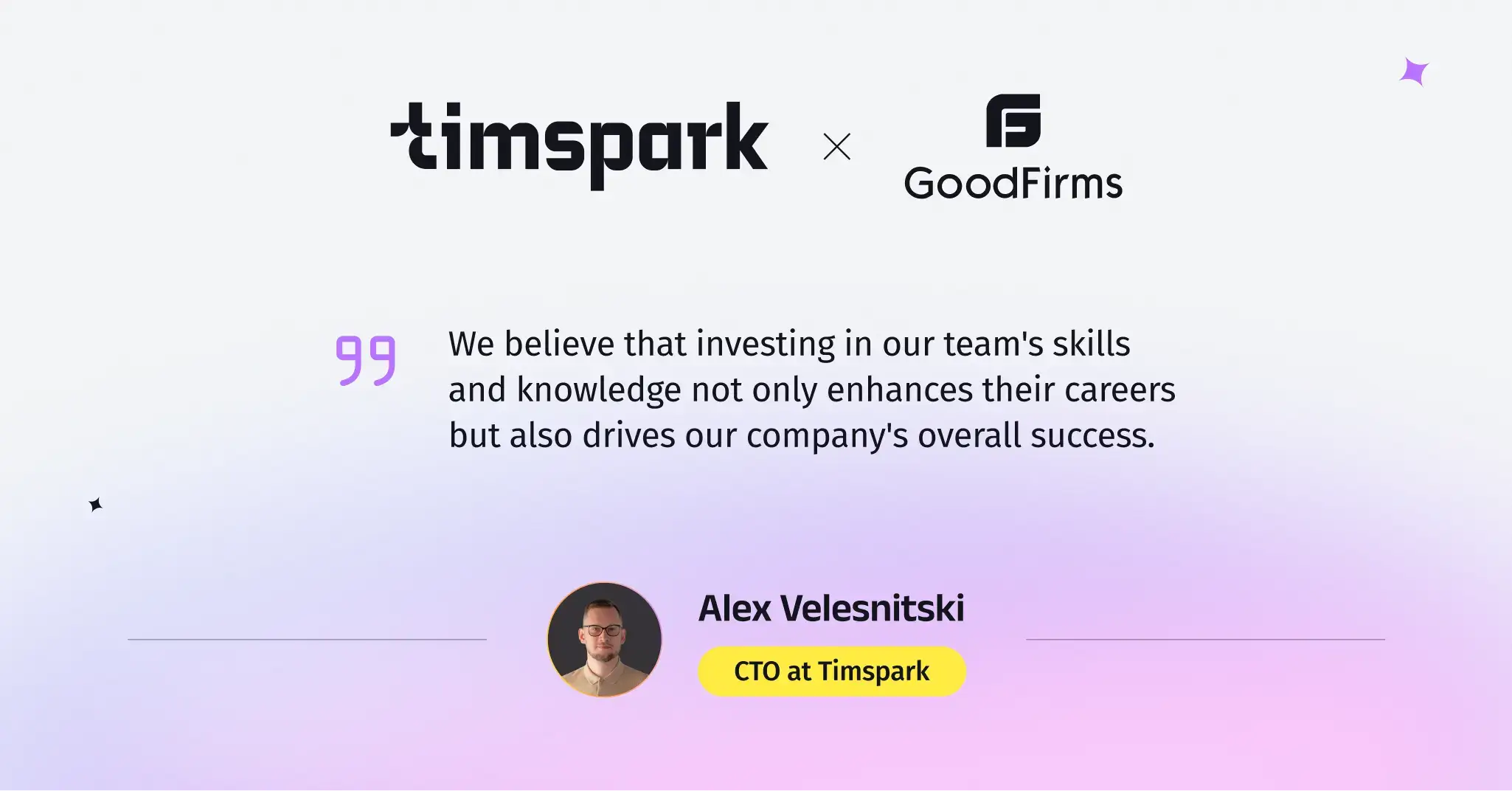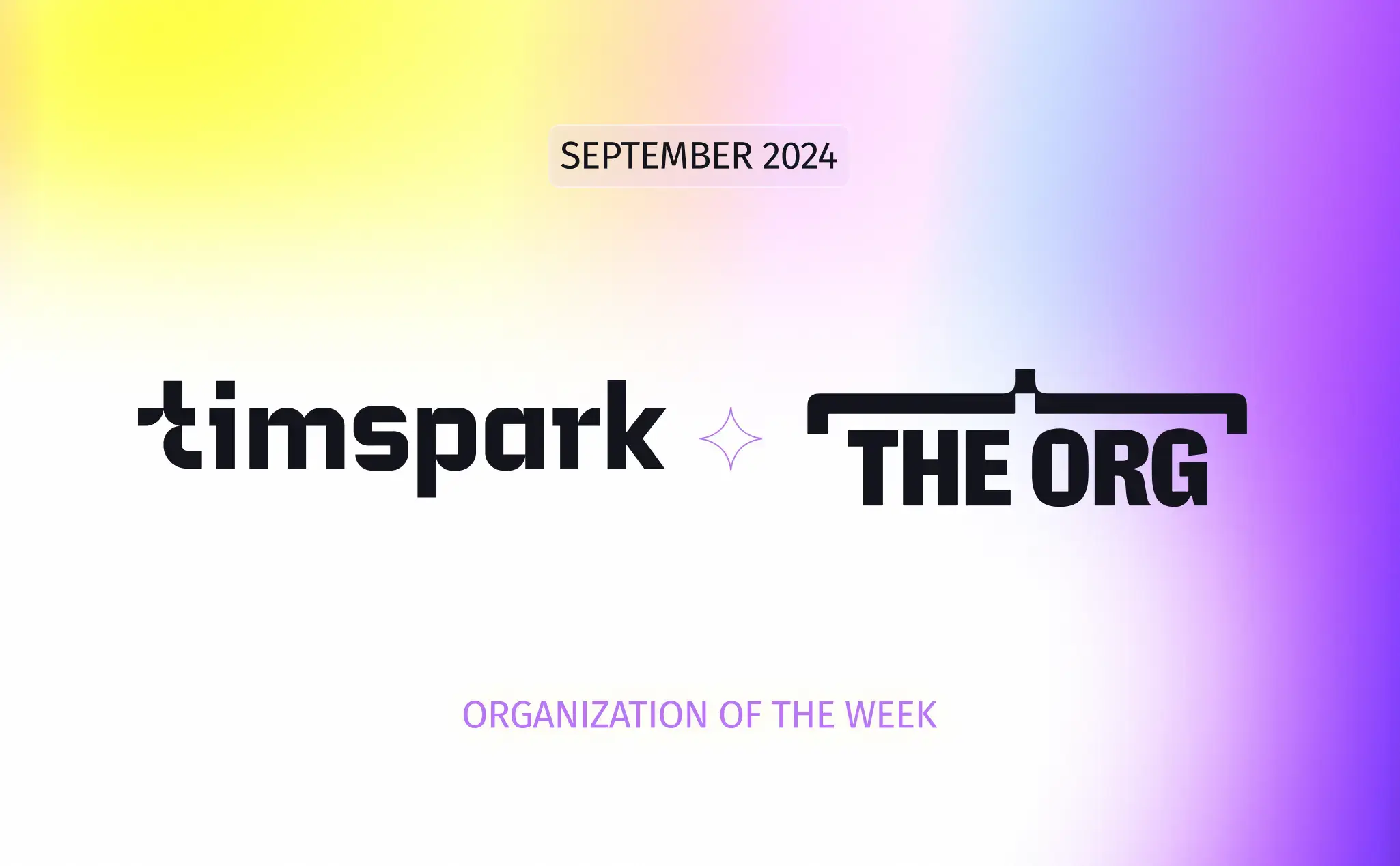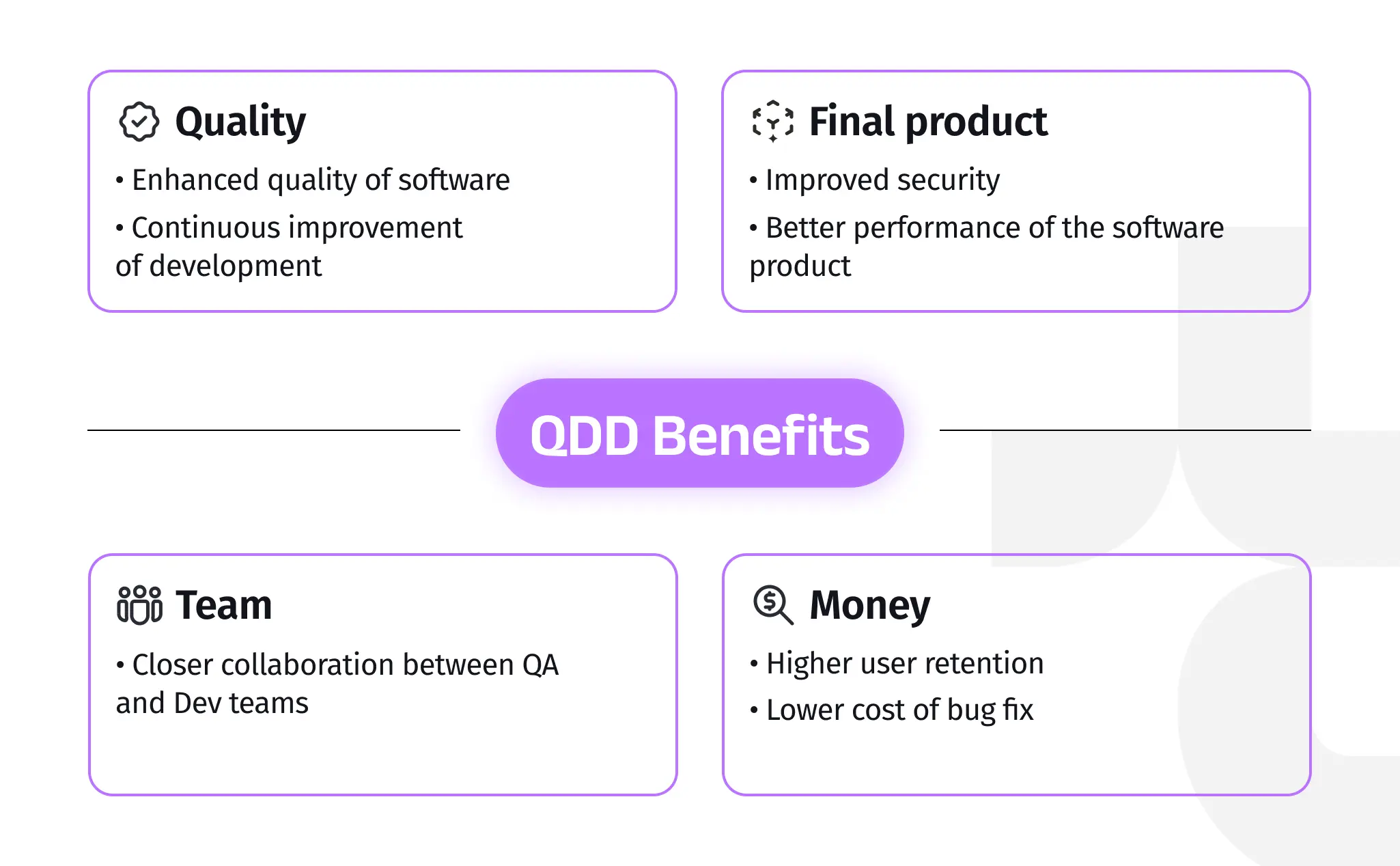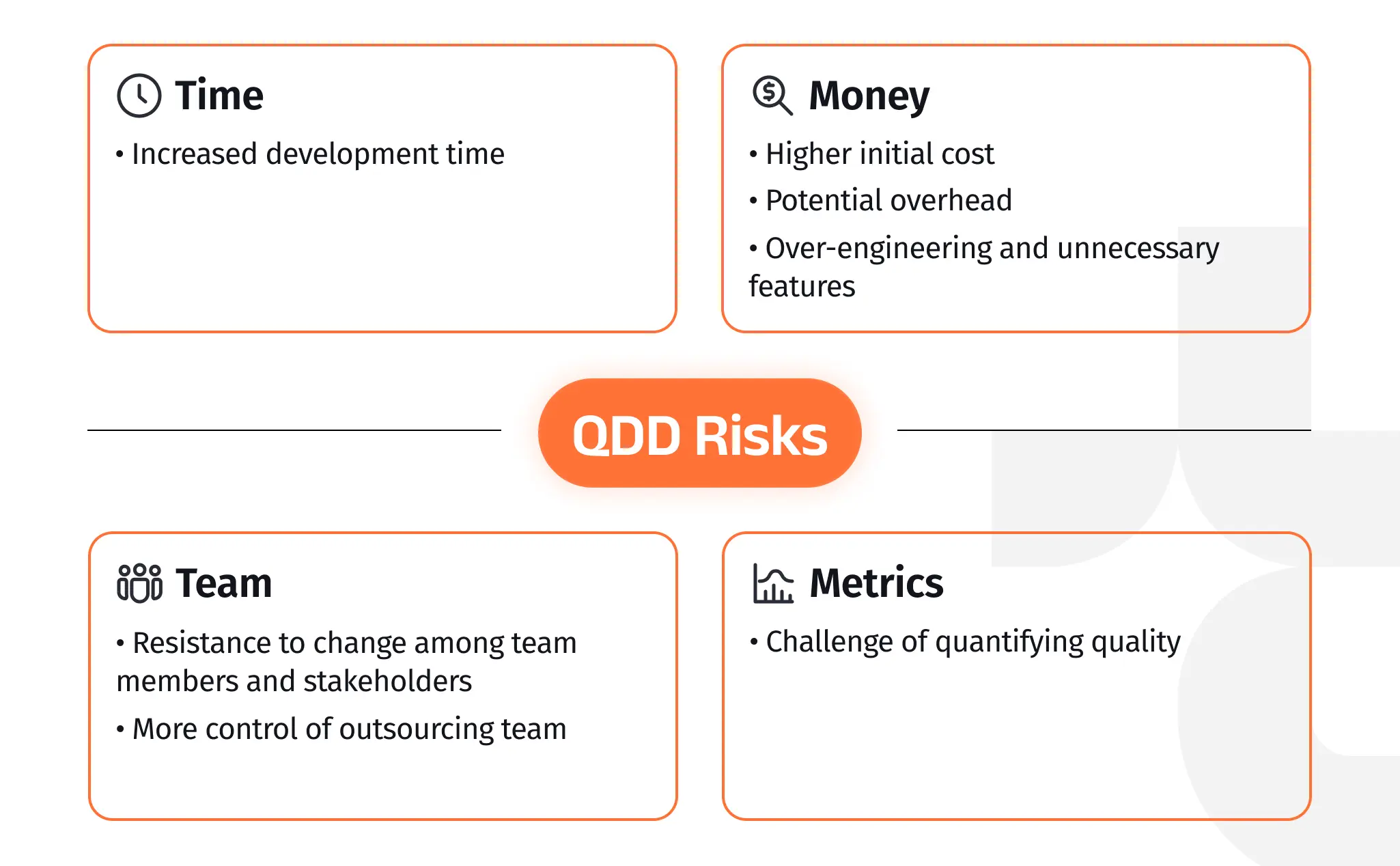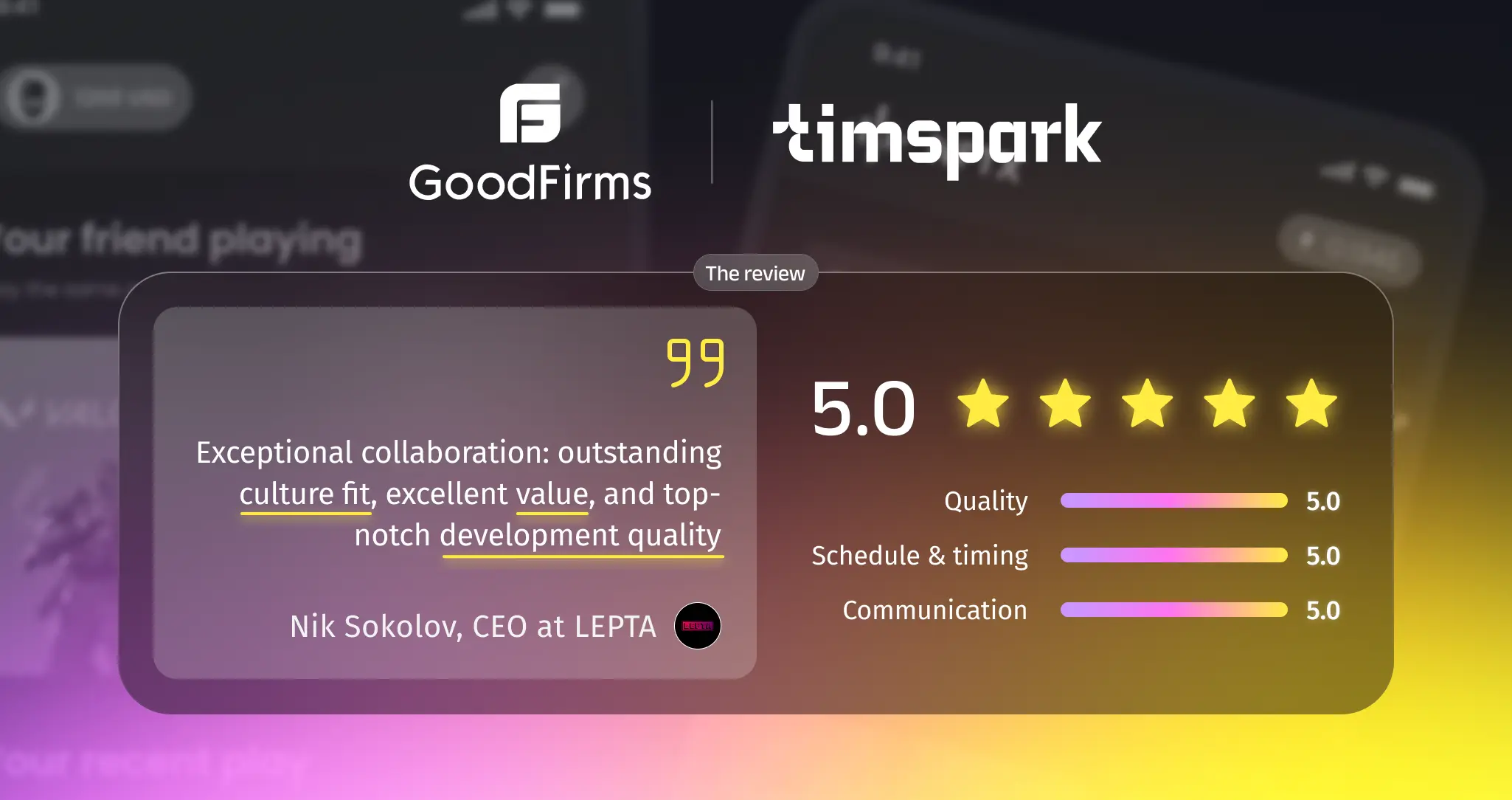As Jimmy Nassif mentions, ‘BMW was the first to collaborate with Nvidia and the first to deploy digital twins, unveiling this innovation to the world in 2021. We strongly believe that Nvidia’s technologies, along with those of Industry 4.0 and even 5.0, will enable not just advancements in logistics but also in large-scale production. This is how we began at Idealworks, a subsidiary of the BMW Group. The original goal was to introduce new technologies to optimize BMW’s internal logistics and, crucially, to reduce costs. Ultimately, any new technology must have a clear business case, which often revolves around cost optimization.
In 2016, one of our key initiatives was the development of a smart transport robot to eliminate repetitive transport tasks in production and enhance the flexibility and efficiency of logistics processes. The budget for logistics at that time was approximately 13 billion euros, and our objective was to reduce this cost. With the introduction of the smart transport robot, we managed to replace many forklift operations within warehouses and production areas. The robot could navigate autonomously from point A to point B, marking our first significant use of AI—specifically in autonomous navigation.
In addition, we incorporated perception and recognition capabilities into our robots, enabling them to drive autonomously without relying on any IT infrastructure. These robots could recognize and avoid obstacles. Back in 2016, this was groundbreaking in the industry. Previously, AGVs (automated guided vehicles) followed either a physical or virtual line, but with the advent of AMRs (autonomous mobile robots), we developed machines that could autonomously navigate from point A to point B without following a predetermined path, powered entirely by AI.
This solution was custom-built to meet BMW’s needs because no existing market solution at the time could satisfy our requirements. After initial tests in 2016, we now, eight years later, serve 25 clients worldwide—not just automotive companies like BMW and Toyota, but also retail and logistics providers (3PL and 2PL), first- and second-tier automotive suppliers, and appliance manufacturers. To date, we have implemented over 1,100 robots across production sites and warehouses, all using AI-powered autonomous navigation, perception, and recognition, utilizing AI both at the edge and in the cloud.
We employ AI in the cloud to optimize traffic and fleet management, while edge AI ensures functionality even when Wi-Fi or connectivity is lost, a common occurrence in industrial environments. By splitting AI tasks between the cloud and the edge, we ensure that our robots continue to operate smoothly and autonomously, even in connectivity-challenged conditions.’


